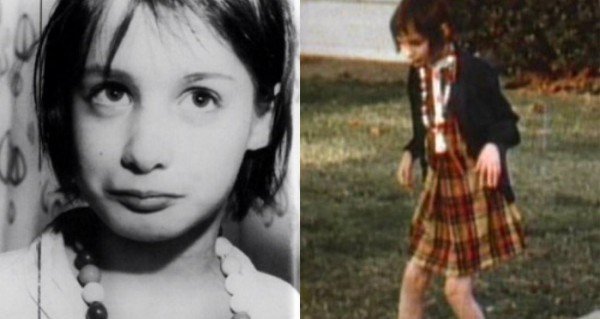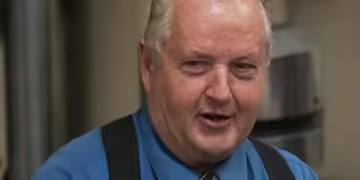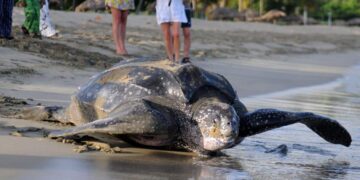In the mid-1930s, scientists and dictators were focusing their effects on scientific development in the field of physics which focused on radioactivity and its uses.
This research would soon bear fruit within a decade with an improved understanding of how alpha, beta and gamma rays work.
For the rest of the world, however, this time was a very turbulent one, with the great depression possible in the US as well as the near 30 million people who found themselves unemployed around the world by 1932.
This turbulence would then give birth to major political and socio-economical changes like Argentina’s government which was militarized as well as the rise to power of the Nazis and Adolf Hitler who promised a strong economic Germany.
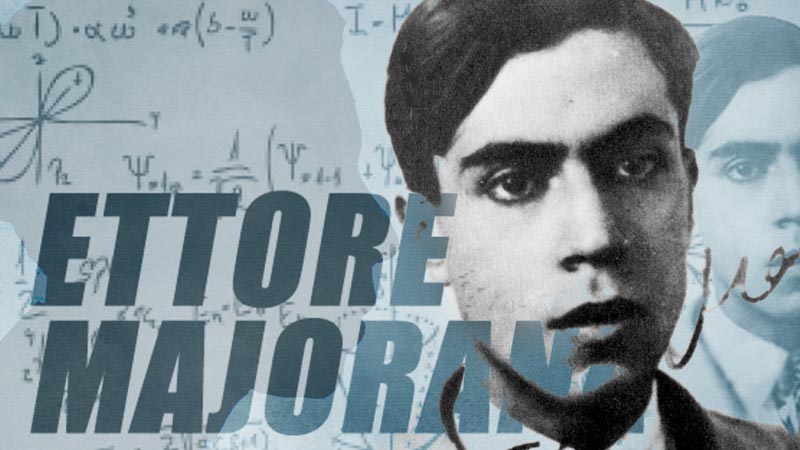
Another significant event in this time was the interpretation of a young and relatively unknown physician who thought a little differently when it came to a new and unusual particle believed to be the mysterious gamma rays by world-renowned researchers Frédéric Joliot and Irène Joliot-Curie.
This seemingly unknown researcher, whose name would shock the world for decades to come, happened to be a young Ettore Majorana.
Page Contents
The Young Genius Of Ettore Majorana
Ettore Majorana was born in the Sicilian city of Catania. He joined Enrico Fermi’s “Via Panisperna boys” at an early age and was part of the team who first discovered the slow neutrons.
This development would soon lead to the nuclear reactor and later, the atomic bomb. This young genius had a taste for mathematics and in 1923 attended university to study engineering and then shifted his focus to physics within 5 years.
The Work Of Ettore Majorana
The earlier papers of Majorana were related to atomic spectroscopy, but he later changed focus when he gained interest in Frédéric Joliot and Irène Joliot-Curie’s work in 1932.
When proposing to Enrico Fermi about the mysterious particle possibly having a neutral charge, Fermi was impressed and urged Majorana to write a paper on this theory.
Unfortunately, Majorana may have felt the idea of being boring or obvious to everyone, so he didn’t write that article. Later that year, James Chadwick won the Nobel Prize for his discovery of the same particle, now called the neutron, leaving Majorana with possibly a lifetime of regret.
The Disappearance Of Ettore Majorana
After the disappointment of losing out on a possible Noble Prize idea, Majorana suffered health and family issues. He then joined the University of Naples as a professor of physics making him withdrawn from the world even further than he already was.
After a while, he shockingly decided to remove all his life savings and disappeared never to be seen again.

When he disappeared without a trace, this is what Enrico Fermi had to say about the reclusive scientist, “There are several categories of scientists in the world; those of second or third rank do their best but never get very far.
Then there is the first rank, those who make important discoveries, fundamental to scientific progress. But then there are the geniuses, like Galilei and Newton. Majorana was one of these.”
What Ettore Majorana did to disappear was:
- He decisively withdrew all his money.
- He made a trip to Palemo, Sicily.
- He left a message to Antonio Carrelli who was the director of the Naples Physics Institute (mentioned below).
- A telegraph was received in the evening that indicated Majorana’s intent to return to Naples.
- Majorana never returned to Naples and disappeared under such mysterious circumstances.
The message to Antonio Carrelli reads as such:
Dear Carrelli,
I made a decision that has become unavoidable. There isn’t a bit of selfishness in it, but I realize what trouble my sudden disappearance will cause you and the students. For this as well, I beg your forgiveness, but especially for betraying the trust, the sincere friendship and the sympathy you gave me over the past months. I ask you to remind me to all those I learned to know and appreciate in your Institute, especially Sciuti: I will keep a fond memory of them all at least until 11 pm tonight, possibly later too.
– Majorana
The Different Views On Majorana’s Disappearance
There are many theories as to what happened to Majorana which range from the most famous being suicide to ideas where he joined a monastery.
There were also some people who believed that Majorana got bored of his work and became a beggar in an unknown city.
Some theories also include Majorana working with the Nazis when he had anti-Semitic notions, but there is little evidence of this.
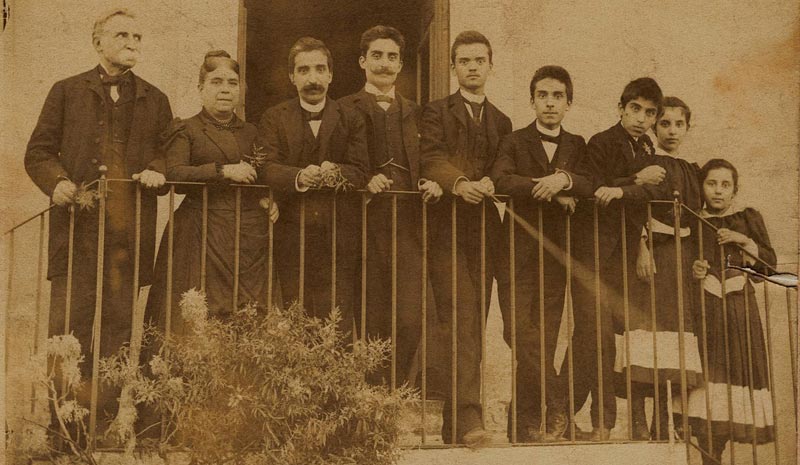
Those who analyzed Ettore Majorana and his behavior in the past find it difficult to say that the scientist, engineer, and mathematician would empty his bank accounts if he wanted to commit suicide.
As to whether he disappeared or departed was a widely debated topic with a couple of books written that talk about the scientist and his suspicious disappearance.
These books are namely, Leonardo Sciascia’s 1975 book La Scomparsa di Majorana (The Moro Affair and The Mystery of Majorana), and Erasmo Recami’s Il caso Majorana: Lettere, testimonianze, documenti (The Majorana case: Letters, Testimonies, and Documents) in 2000.
Both of these books tell a different theory with Recami leaning towards Ettore Majorana leaving Naples and making his way to Argentina where he died of natural causes after spending the rest of his life as an engineer.
The Breakthrough & Discovery
While the rumours and theories about the disappearance of Ettore Majorana continued into the 21st century, in 2008 there was a breakthrough.
This breakthrough came from an Italian television program called Chi l’ha visto (Who saw him) where a caller called and claimed to have met a friend in Caracas, Venezuela back in 1955 who talked to Majorana when he was living in Argentina.
In June 2011, Tommaso Dorigo who is an experimental physicist at CERN, as well as a blogger at Science 2.0, translated the caller’s testimony in a blog which states the following:
I left to Venezuela because of disagreements with my father in April 1955. Once in Caracas, I went to Valencia with Ciro, a Sicilian friend, who presented me to a Mr. Bini. I connected Bini to Majorana thanks to Carlo, an Argentinian. He said “Do you realize who that guy is? He’s a scientist. He’s got a brain you can’t imagine. He is mr. Majorana”. They had met in Argentina. He was of average height, with white hair, few and wavy. The white hair of a man who was once black-haired. One could see it from the fact that he wore his watch over his shirt, so to wash his hands he opened his sleeves and black hair could be seen. He was shy, often silent, and if you invited him to a night club he wouldn’t come. He might have been 50-55 years old. He had a roman accent but one could see he was not. One could also see he was well-learned. He looked like a prince. I sometimes told him “What the hell do you live for? You are always sad”. He said he worked, we dined together, then he would disappear for 10-15 days. He had a yellow Studebacker. He only paid for the gas, otherwise, he looked always penniless. Sometimes I used to tell him “You care so much for this car and have all these papers”. These were sheets with numbers and commas, bars. He never wanted to be photographed, and since I once had to lend him 150 bolivars, I sort of blackmailed him, I asked him to get a picture of him to send it to my family. He was shorter than I was. When I found the picture I decided to speak, otherwise, it was useless for me to say I had known Majorana.
This testimony, if it’s true would match the research and theory that Recami wrote about in his book.
So substantial was this evidence and photo that was provided that the Rome Attorney’s office started their inquiry into the matter which was later resolved using analysis of the photograph which had ten specific points that matched the photo of the subject taken in and older pictures of Ettore Majorana himself.
The Truth About Ettore Majorana’s Fate
The conclusion was then drawn to the disappearance of Ettore Majorana by a statement from the Rome Attorney’s Office in February 2015.

This official statement stated that after his disappearance, Majorana lived well and went to South America where he lived for the rest of his natural life.
The Italian Corriere della Sera had this to say, “Ettore Majorana, the brilliant physicist… that some experts rank among Newton and Einstein (and thought to have) died mysteriously in 1938, was alive in the period 1955-1959, and was voluntarily living in the Venezuelan city of Valencia.”
So, now after decades of mystery and far-fetched theories, the curtain to the disappearance of Ettore Majorana can finally close for good.






